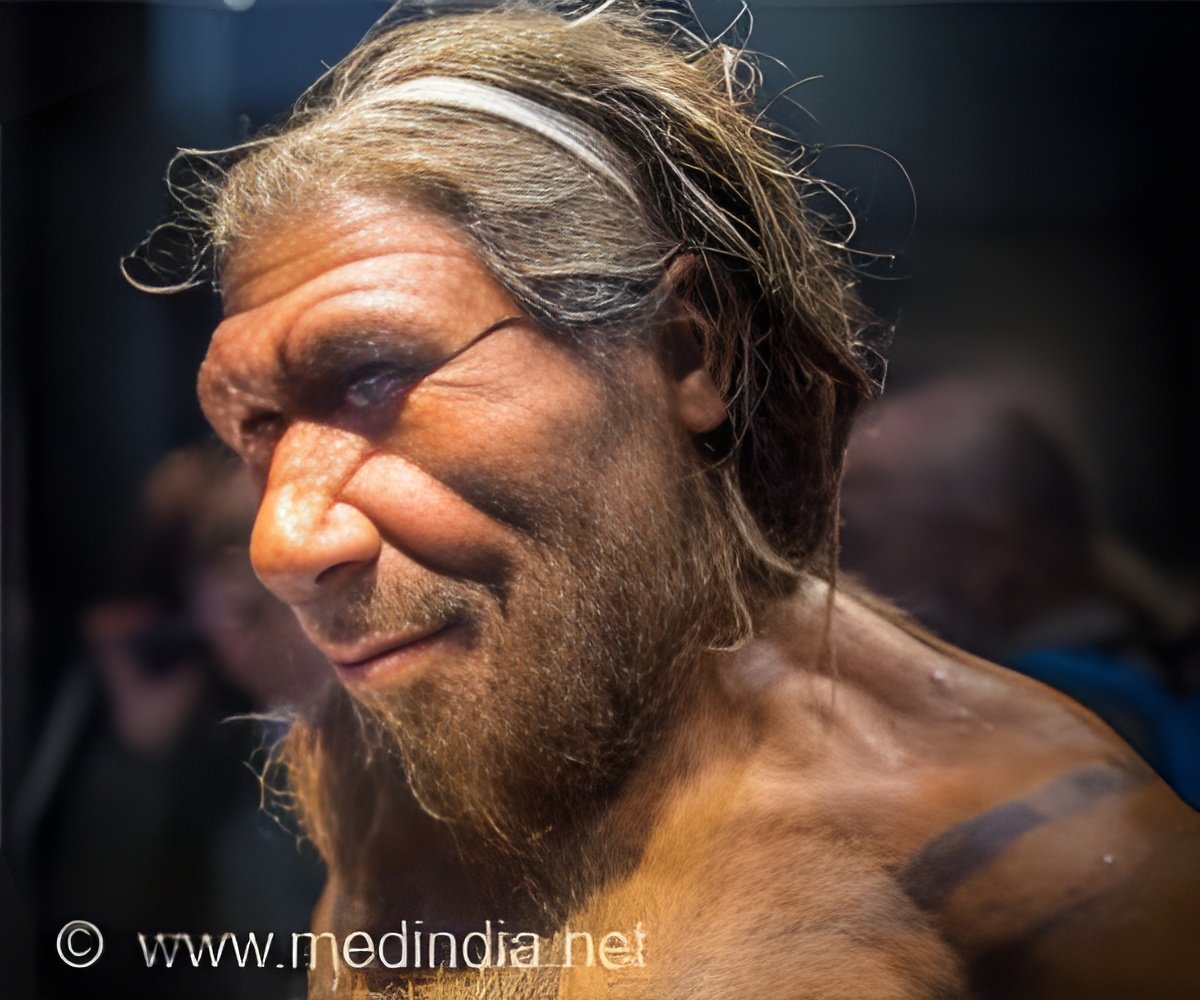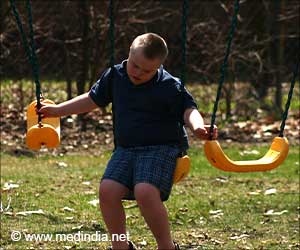Fossil of Tina: Neanderthal child with Down Syndrome lived to at least age six.

The child who lived: Down syndrome among Neanderthals?
Go to source).
‘Did You Know?
Neandertals provided care and support for a young child with Down syndrome in their social group. #DownSyndrome #neandertalswithdownsyndrome’





Neandertals provided care and support for a young child with Down syndrome in their social group. #DownSyndrome #neandertalswithdownsyndrome’
Down Syndrome in Neanderthals
The research, led by anthropologists at the University of Alcalá and the University of Valencia in Spain, studied the skeletal remains of a Neandertal child, whom they affectionately named “Tina”, found at Cova Negra, a cave in Valencia, Spain long known for yielding important Neandertal discoveries.“The excavations at Cova Negra have been key to understanding the way of life of the Neandertals along the Mediterranean coast of the Iberian Peninsula and have allowed us to define the occupations of the settlement: of short temporal duration and with a small number of individuals, alternating with the presence of carnivores," said University of Valencia Professor of Prehistory Valentín Villaverde.
Fossil of Neanderthal with Down Syndrome
The researchers made micro-computed tomography scans of a small cranial fragment of the right temporal bone, containing the ear region, to reconstruct a three-dimensional model for measurement and analysis. Tina suffered from a congenital pathology of the inner ear associated with Down syndrome that produced severe hearing loss and disabling vertigo. This individual survived to at least 6 years of age, but would have required extensive care from other members of their social group.“This is a fantastic study, combining rigorous archaeological excavations, modern medical imaging techniques and diagnostic criteria to document Down syndrome in a Neandertal individual for the first time. The results have significant implications for our understanding of Neandertal behavior,” said Binghamton University Professor of Anthropology Rolf Quam.
Researchers have known for decades that Neandertals cared for disabled individuals (2✔ ✔Trusted Source
External auditory exostoses and hearing loss in the Shanidar 1 Neandertal
Go to source). However, to date, all known cases of social care among Neandertals involved adult individuals, leading some scientists to discount this as truly altruistic behavior and instead to suggest it more likely represented reciprocal exchange of help between equals.
Advertisement
References:
- The child who lived: Down syndrome among Neanderthals? - (https://www.science.org/doi/10.1126/sciadv.adn9310)
- External auditory exostoses and hearing loss in the Shanidar 1 Neandertal - (https://journals.plos.org/plosone/article?id=10.1371/journal.pone.0186684)
Source-Eurekalert










